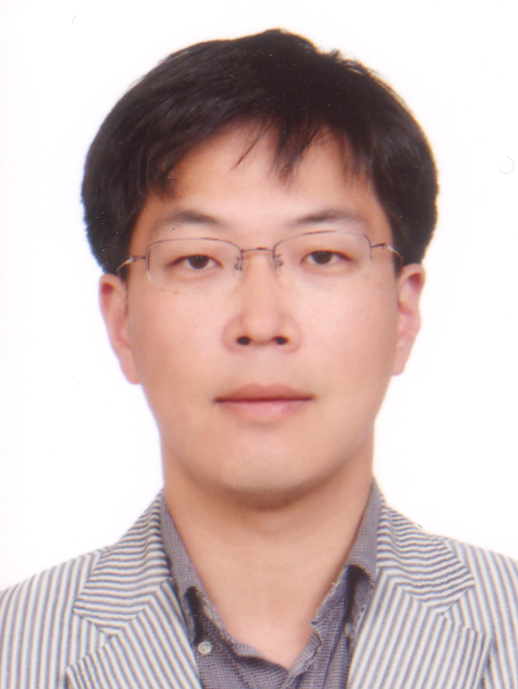High Density Electromyography and soft tactile area sensing towards more natural human robot interactions
Jung Kim
Abstract : Various physiotherapy and rehabilitation intervention techniques using robots are being actively developed, but there is still much debate about whether to reach the level provided by a human physiotherapist, and at the same time, it is a great motivation for the development of technology. Among the technologies that need to be improved, the natural human-machine interface is an important part of ensuring the safety and participation of patients. In particular, the core technologies are pressure signal measurement through physical contact between the patient and the instrument and recognition of the intention of movement through electromyography measured on the patient’s muscle surface. In this talk, we are going to introduce new approaches both in soft tactile area sensing method and high density Electromyography motion intention extraction method. First, we developed a soft tactile sensing method to cover large areas based on electrical resistance tomography (ERT) and polymer based soft material fabrications. Secondly, we are also going to present a muscle activation estimation method from high density electromyography, which has potential to extract the motion intention with less electromechanical delay and identify the contributions of the muscles which are located deeply from the skin surface.
Bio : Jung Kim received his B.S. and M.S. degrees in mechanical engineering from the Department of Mechanical Engineering, Korea Advanced Institute of Science and Technologies (KAIST), Korea, in 1991 and 1993, respectively, and the Ph.D. degree in mechanical engineering from the Massachusetts Institute of Technology (MIT), Cambridge, MA, USA, in 2003. He joined KAIST faculty in 2004 an he is currently a Professor in the Department of Mechanical Engineering, KAIST. His current research interests include medical robotics, haptics, biomechanical signals, SEMG based motion intention, and soft robotics.

